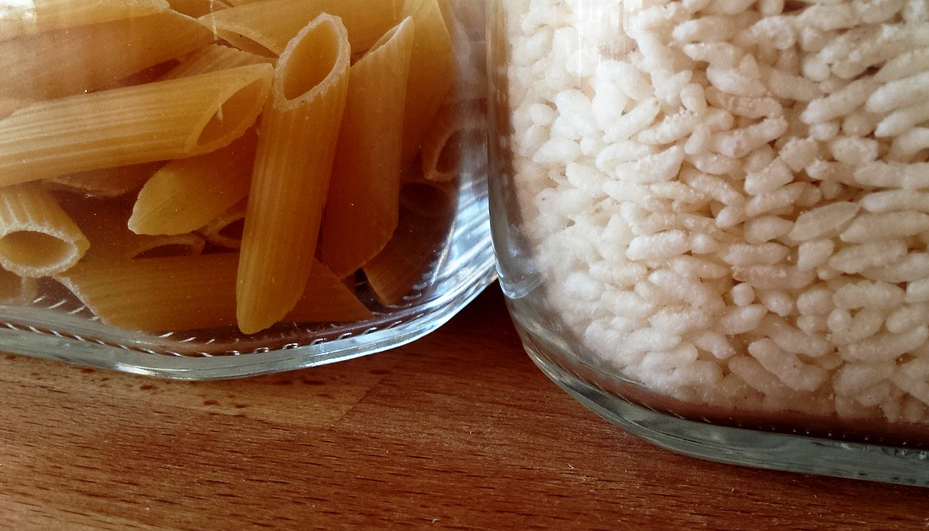
"Emerging insights from nutrition science reveal that common, seemingly innocent carbohydrates-the white bread, breakfast cereals and potatoes that form the backbone of many diets-can trigger blood sugar spikes just as severe as a handful of candy. This understanding, championed by health experts and supported by decades of research, is shifting the focus of diabetes prevention and metabolic health from simply counting sugar grams to analyzing the quality of carbohydrates and the structure of every meal."
"Central to this discussion is the Glycemic Index (GI), a measure developed to classify carbohydrates based on their immediate impact on blood sugar levels. Foods are ranked on a scale from 1 to 100, with pure glucose serving as the benchmark at 100. High-GI foods (70 or above), such as white bread, corn flakes and instant mashed potatoes, are broken down rapidly, causing a swift and significant surge in blood sugar."
"As health coach Steve Bennett explains, when this cycle repeats meal after meal, the body's cells can become less responsive to insulin-a condition known as insulin resistance, which is a primary driver of Type 2 diabetes. Conversely, low-GI foods (55 or less), including most fruits, legumes and whole grains, are considered "insulin sparing." They break down slowly, providing a steady release of energy without the dramatic metabolic roller coaster."
Many people avoid obvious sugars but consume refined carbohydrates such as white bread, breakfast cereals, and potatoes that can produce blood sugar spikes comparable to candy. The Glycemic Index (GI) rates carbohydrates by their immediate effect on blood glucose from 1 to 100, with high-GI foods causing rapid glucose rises and strong insulin releases. Repeated glucose and insulin spikes can lead to insulin resistance, a main factor in Type 2 diabetes. Low-GI foods like most fruits, legumes, and whole grains release glucose slowly, moderating insulin demand. GI has limitations, including variability and ignoring portion size, which motivated Glycemic Load.
Read at Natural Health News
Unable to calculate read time
Collection
[
|
...
]